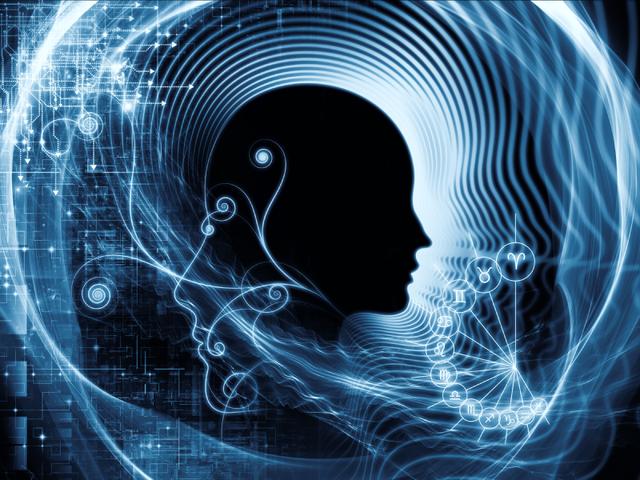| Complexity level: | 7 |
| Time required: | Additional time is required for recruiting participants and preparing materials. |
| Safety concerns: |
Overview
A recent study published by the National Academy of Science suggests that blue light may have an important role in how the brain processes emotion. The use of light in therapeutic treatments is not new; light therapy has been used to relieve mental conditions such depression. Traditional light therapy makes use of white light, which covers the entire light spectrum - blue, green, yellow, orange, violet and red. Newer studies isolate the specific light spectrum that causes our brain to adapt to emotional change.
Scientific Terms
Materials
- 20 participants: We recommended a mix of both male and female participants of approximately the same age range.
- A room with adequate indoor lighting
- A supply of blue light bulbs for all lighting sources
- Emotional scenes from a movieLaptop, tablet or other device for viewing the movie.
- Data sheet (provided).
Procedure
Pre-experiment:
- Divide the participants into two groups: A and B.
- Group A will be tested using blue light.
- Group B will be tested with normal white light.
- Replace the light bulbs in the room with blue light bulbs. You may need additional lamps to ensure that the immediate area around the participant is well lit.
- You will replace the blue lights with regular light bulbs when testing group B.Choose a movie scene that you believe would evoke the emotions of sadness or concern. When choosing the scene or scenes, it is important that the scenes are moving enough to elicit an emotional response from the viewer, without of the viewer having to watch the entire movie.
Conducting the experiment
For both groups A and B, do the following:
When the participants enter the room, allow the participants to get adjust to the room and lighting for about 5 minutes. You may want to have the participant tell you about themselves and let them know about you and the experiment that they will be participating in (do not tell them that the experiment is about the effect of blue light on emotions; rather, perhaps tell them that you are testing out a new kind of indoor lighting). When you are ready to begin the experiment do the following:
- Ask the participant to rate their emotional well-being on a scale of 1-3, with one being the lowest:
Rating - 1: Strong negative (eg. feelings of sadness, despair, depression etc.) emotions toward scene.
Rating - 2: Mild negative emotions toward scene.
Rating - 3: Neutral, neither negative or positive emotions towards the scene.
- Record the information on data sheet.
- Have the participants view the selected scenes.
- Upon completion of the viewing, have the participants rate their emotional well-being a second time.
- Record the information on data sheet.
- Find the average ratings of the state of the participants before the viewing, by totaling the ratings and dividing the sum by the number of participants. Repeat this procedure for post-viewing ratings.
- Compare the average rating for post-viewing with the average initial rating for both groups.
- Did any of the groups display an increase in ratings?
- Did any of the groups display a decrease in ratings?
- Did any of the groups display no change in ratings?
- Form a conclusion for the experiment.
Participant |
Group 1 |
Group 2 |
Participant 1 |
||
Participant 2 |
||
Participant 3 |
||
Participant 4 |
||
Participant 5 |
||
Participant 6 |
||
Participant 7 |
||
Participant 8 |
||
Participant 9 |
||
Participant 10 |
References
"Seasonal blues? Lack of blue light may be to blame,? from the CNN Health website http://www.cnn.com/2010/HEALTH/10/27/health.blue.light.moods/index.html

